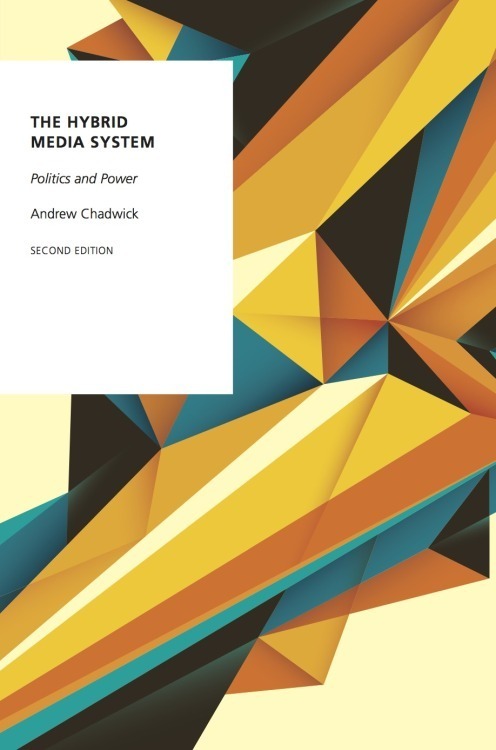Brief Excerpt on WikiLeaks—From My New Book-in-Progress
/I’m in the middle of writing a new book entitled The Hybrid Media System: Politics and Power, to be published by Oxford University Press in New York and Oxford. I’ve just completed the rough first draft of the chapter that provides an extended case study and a particular interpretation of WikiLeaks.
Here are some brief excerpts. They’re a bit drafty and elliptical: I’m trying to save the whole thing for the book itself, though I might mobilise some of this material for my upcoming ECPR paper in Reykjavik at the end of August.
… As this chapter shows, to depict WikiLeaks or professional journalists or online hacktivist networks only in terms of each group’s power to “act upon” a preexisting set of media relations is to miss the truly important point here. WikiLeaks constructs an important boundary space between old and new media. It conducts technologically-enabled raids across each side of this boundary in a continual quest for resources that enable it to exercise power. But these power resources have always been conditioned by relations of profound interdependence with other political and media actors, whether they be online or offline networks of activists, or professional news organizations…
We might ask: if WikiLeaks must coexist in symbiosis with the press and broadcasters, is WikiLeaks powerful? But we can just as easily reverse this question: if the press and broadcasters must coexist in symbiosis with WikiLeaks, are the press and broadcasters powerful? These are valid enough questions but they perhaps rest upon an inadequate conceptualization of power. For in the hybrid media system, power is not always exercised in the context of a zero-sum game; it may also emerge from physical and mediated interactions that are socially and technologically constructed and which evolve over time, in a diverse range of settings. What actually counts as an effective set of resources for powerful action has in this case emerged from the interactions between WikiLeaks and other actors. Some of these interactions were colored by power operating as a resource for the issuing of ultimatums and vetos in focused, discrete environments, often behind closed doors and involving only elite players. This was the case, for example, when Assange and the Guardian came together at the last minute to hammer out the terms of the deal for the cables release. But sometimes power has been dispersed across broader networks, such as when WikiLeaks has used its technological infrastructure to gather data leaks and channel these to the press, or when it has capitalized on the expertise of activists on the ground in various geographical locations—in yet another contradiction, WikiLeaks is transnational but also embedded within specific national media systems. These broader networks have also been on display when hacktivists have come to the symbolic aid of both WikiLeaks and their press partners, as happened in the aftermath of the cables leaks…
Taken overall, WikiLeaks and the professionals have innovated together, effectively creating new ways of working with new technologies, techniques, and operating assumptions. The news partners and WikiLeaks have shared these resources among themselves and sometimes with the public. The development of meaningful capacity for action in this new type of technology-enabled, not-quite-journalism has involved a process of learning, co-creation, and co-evolution in the creative pursuit of new norms and working practices…
This is a story of interdependence among old and new media in the gathering and production of information and the exploitation of that information as news. It should come as no surprise, then, that WikiLeaks, their press partners in Britain, America, Germany, France, and Spain, and online networks of activists have together played a crucial contribution to the ongoing construction of a media system in which they also have the capacity to so decisively intervene—a hybrid media system.



